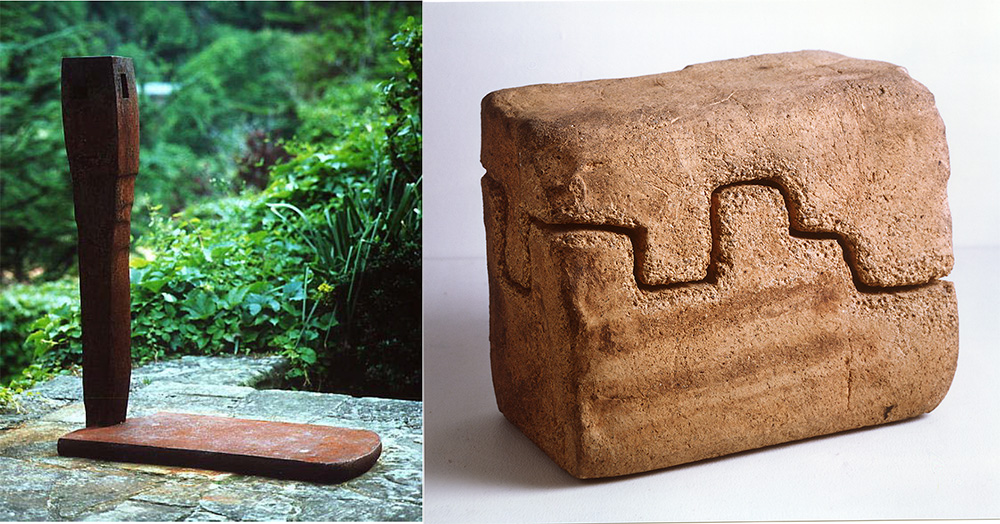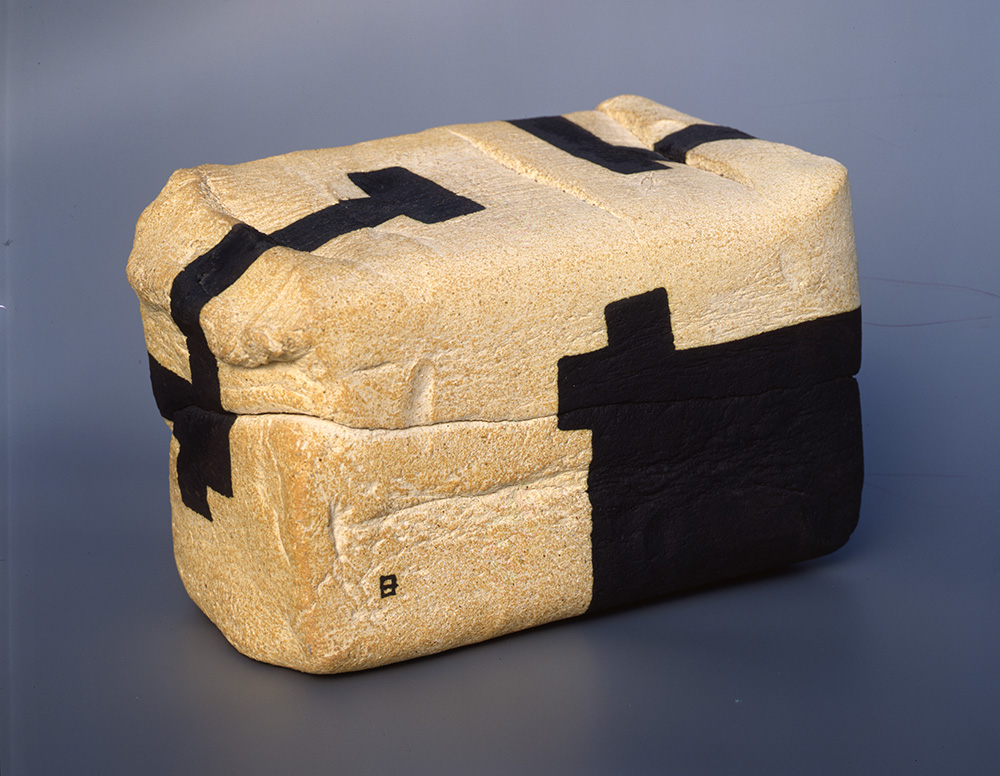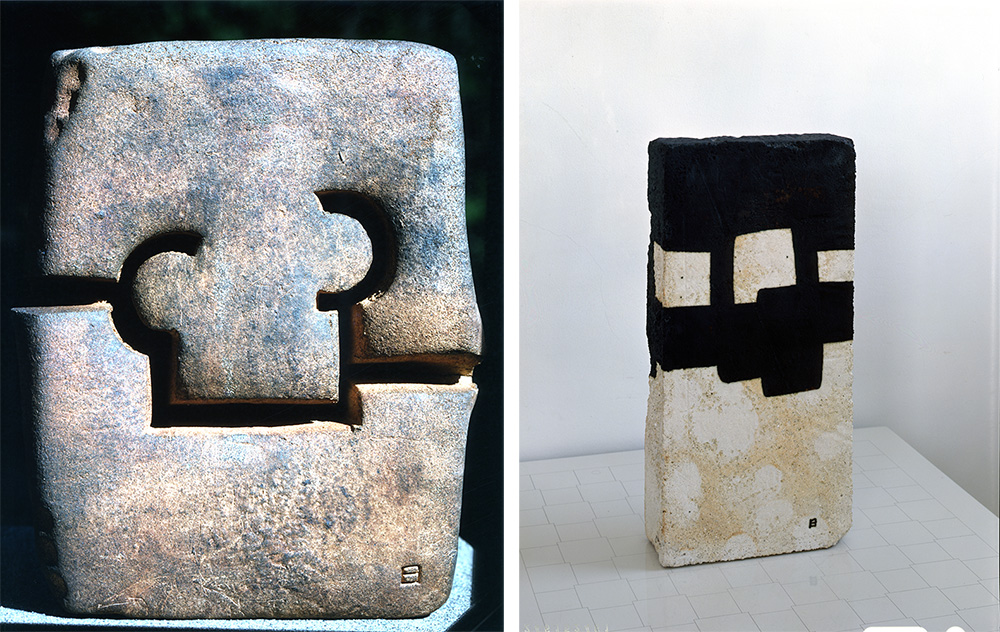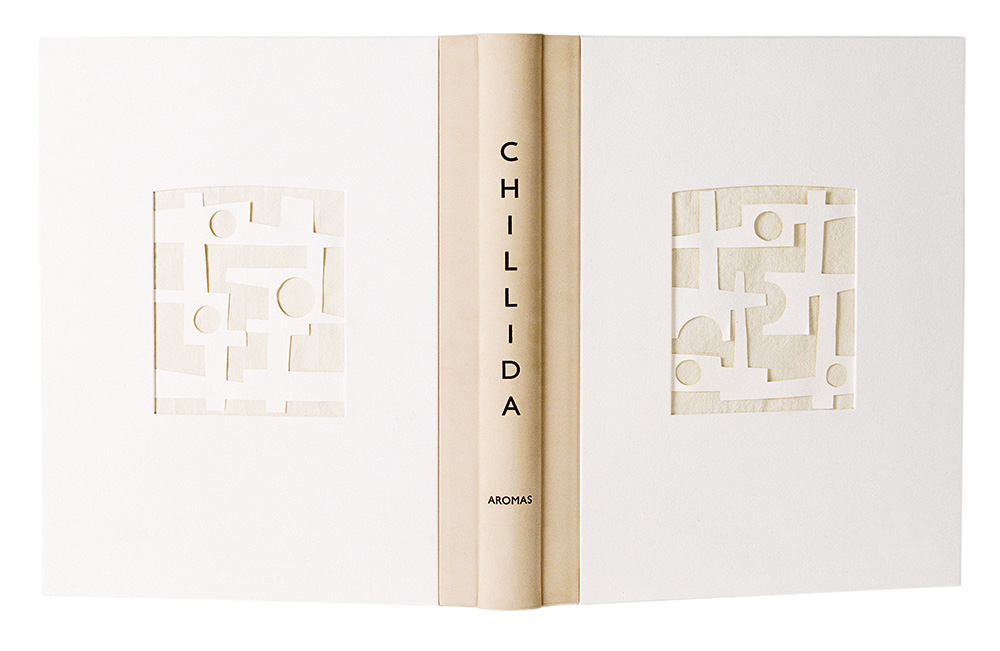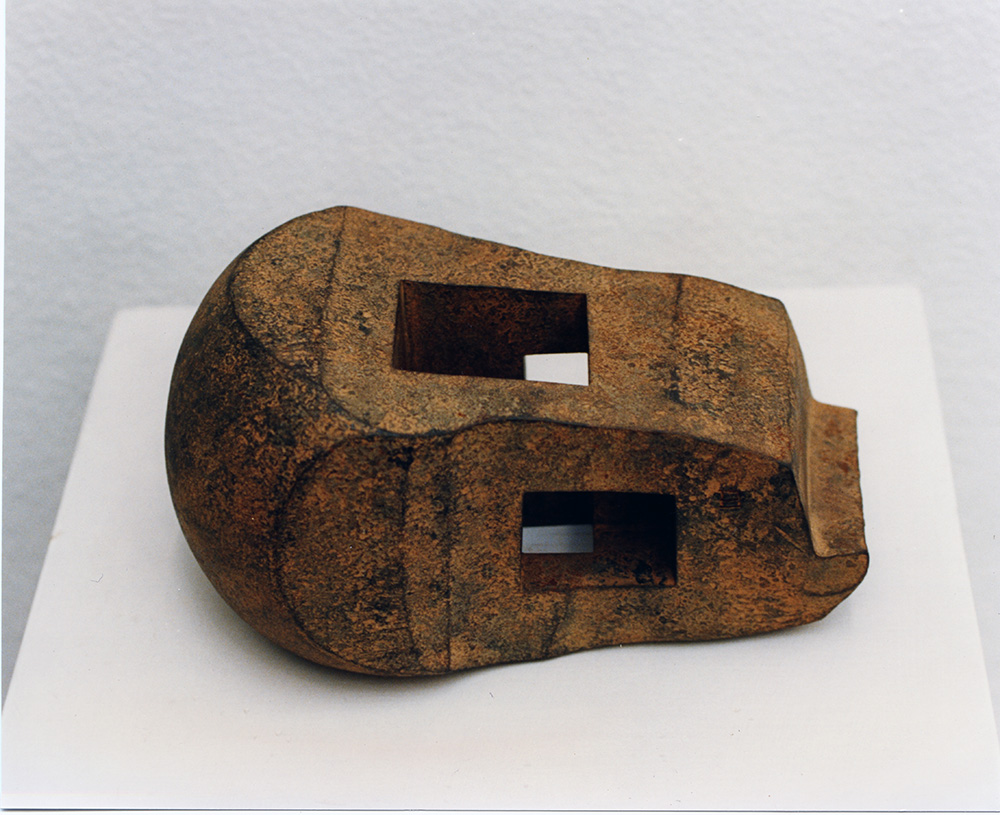ART-PRESENTATION: Eduardo Chillida
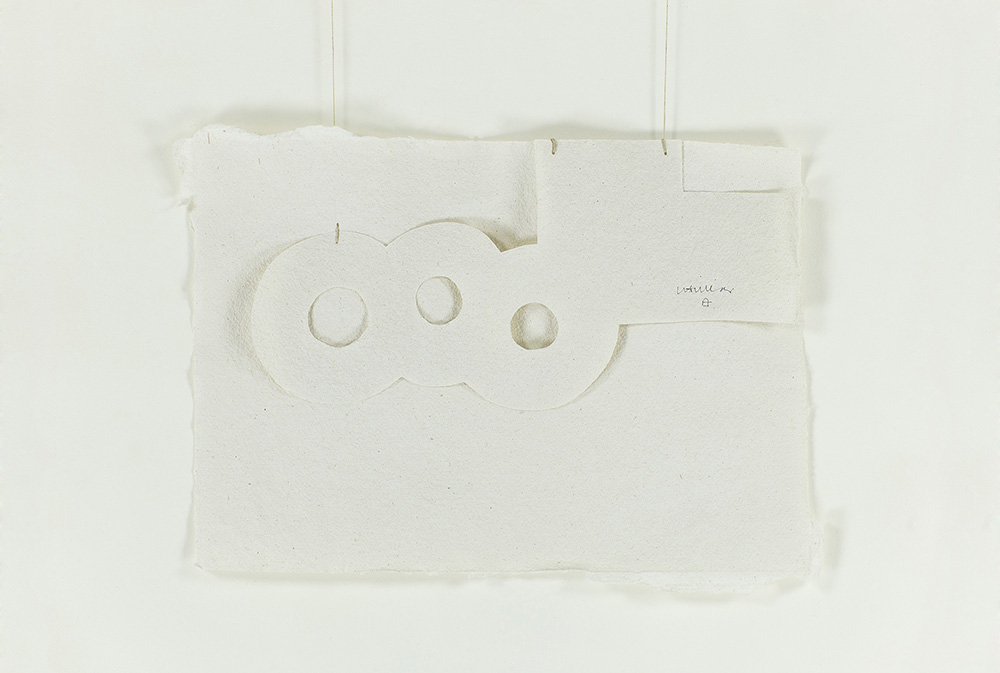 Eduardo Chillida is Spain’s foremost sculptor of the 20th Century. Widely recognized for monumental iron and steel public sculptures, Chillida is also celebrated for a wholly distinctive use of materials such as stone, chamotte clay, alabaster and paperThe way Chillida articulates the mass and volume, the material and the very space, reflects the immense focus on the production of meaning. Although his works are Abstract, they are permeated with conceptual questions and metaphysical concerns.
Eduardo Chillida is Spain’s foremost sculptor of the 20th Century. Widely recognized for monumental iron and steel public sculptures, Chillida is also celebrated for a wholly distinctive use of materials such as stone, chamotte clay, alabaster and paperThe way Chillida articulates the mass and volume, the material and the very space, reflects the immense focus on the production of meaning. Although his works are Abstract, they are permeated with conceptual questions and metaphysical concerns.
By Dimitris Lempesis
Photo: Hauser & Wirth Gallery Archive
The exhibition with works by Eduardo Chillida at Hauser & Wirth Gallery in New York, exhibition showcases his varied and innovative practice through a focused presentation of rarely displayed works, including small-scale sculptures, collages, drawings, and artist books. Eduardo Chillida was born in San Sebastian, in the Basque Country, in 1924. Chillida attended primary and secondary school in San Sebastian. After the family moved to Madrid in 1943 Chillida decided to follow a career in architecture. However, Chillida never completed his studies of architecture, leaving the institution in 1947 in order to pursue a more artistic career in drawing and sculpture. He decided to move to Paris in order to find a more liberal, artistic environment. In Paris, Chillida studied the works of the Ancient Greek sculptors at the Louvre Museum, as well as the work of other contemporary artists like Picasso, Brancusi and González. In 1951, Chillida and his wife, Pilar Belzunce, settled in the Basque country. Here, Chillida learnt the art of metal forging by working at the Forge owned by Manuel Illarramendi. Chillida coaxed iron and steel into layers of linear, angular, and geometric structures to explore notions of time and to demonstrate how shapes develop through their interactions with space. Chillida’s formally rigorous constructions from this period like “Relieve” (1957) and “Sueño Articulado, Homenaje a Gaston Bachelard” (1958), are imbued with tension and poise. At once conceptual and architectural, these works were the foundations for Chillida’s later investigations into the intersections of geometric and organic forms, including his L-shaped, steel sculpture “Begirari III” (1994). After a trip to Greece with Jacques Dupin, a historicist and art critic, Eduardo Chillida created his first sculpture out of alabaster. He used a similar technique to those of the Ancient Greek masters to produce the “Elogio de la luz” series of sculptures. During his experimentations with steel and iron, Chillida also began to make engravings and collages. He further developed this technique from the late 1980s into the early 2000s, creating “Aromas” an artist book comprising woodcuts, etchings, and screenprints, as well texts from Chillida and the close circle of poets, philosophers, and intellectuals that deeply influenced his work. For his “Gravitaciones” series, Chillida layered cut paper to create the effects of tension, weight, matter, and light. His series of drawing “Dibujos de Manos” indicate a careful examination of the human body’s lines and shapes, a crucial referent for his larger sculptural structures. Some of his most iconic series of sculptures, including “Rumor de Límites” and “Ikaraundi” have their origins in such works on paper and emerged from the gestural, minimal, abstract drawings that Chillida produced.
Info: Hauser & Wirth Gallery, 32 East 69th Street, New York, Duration: 30/4-27/7/18, Days & Hours: Tue-Sat 10:00-18:00, www.hauserwirth.com
